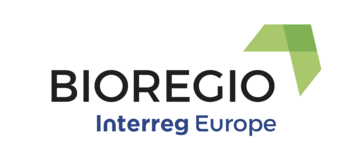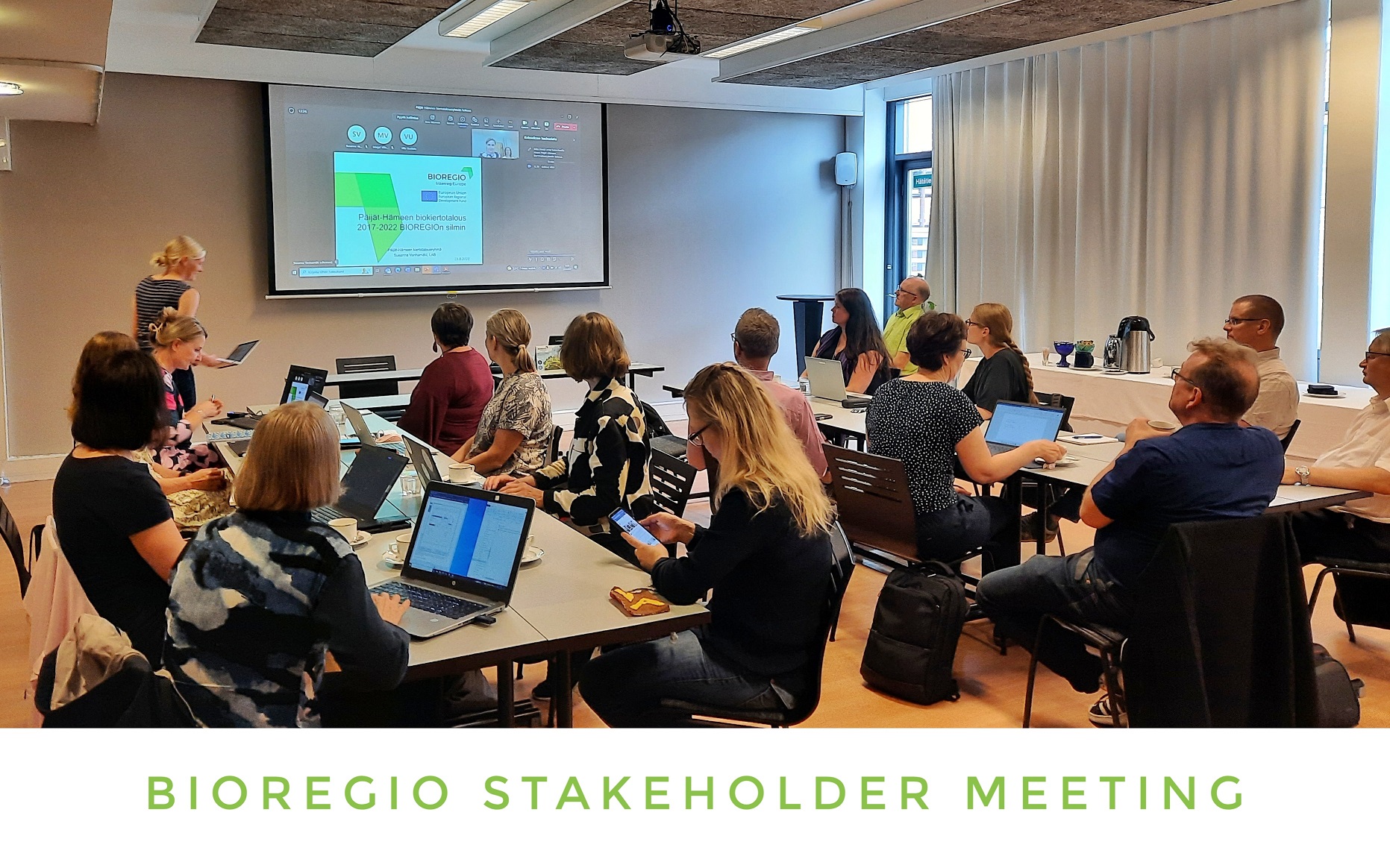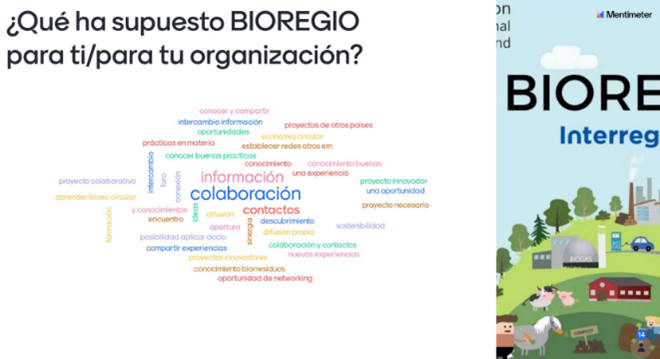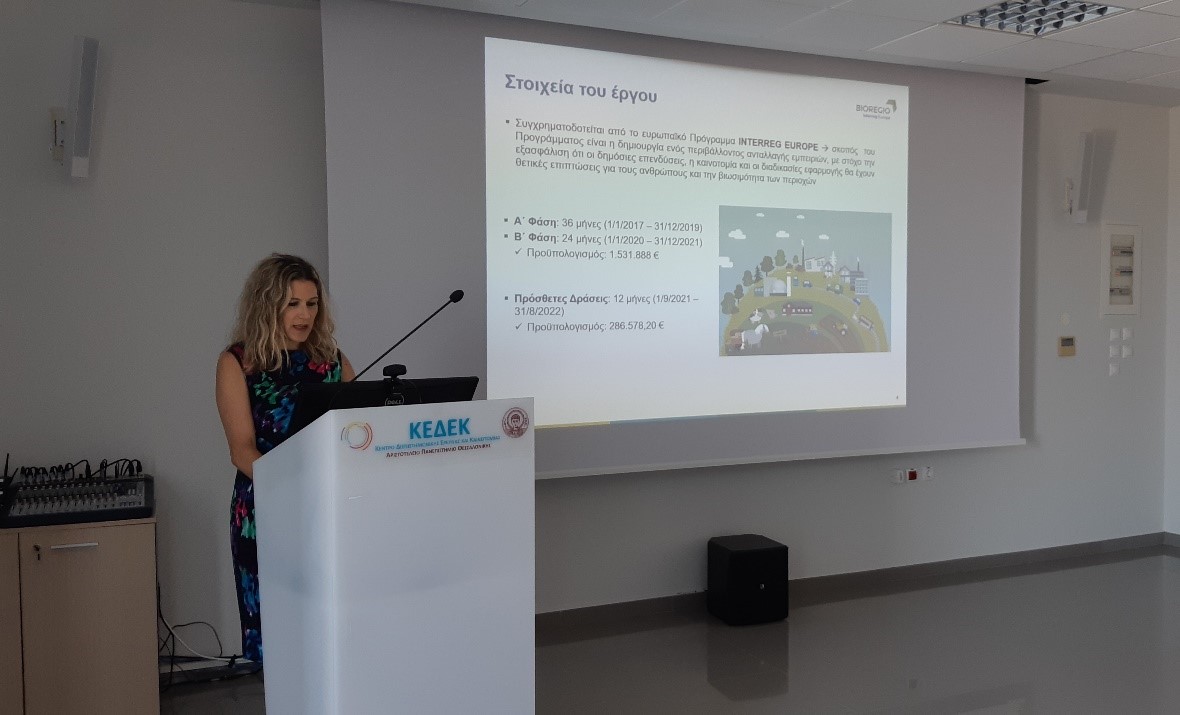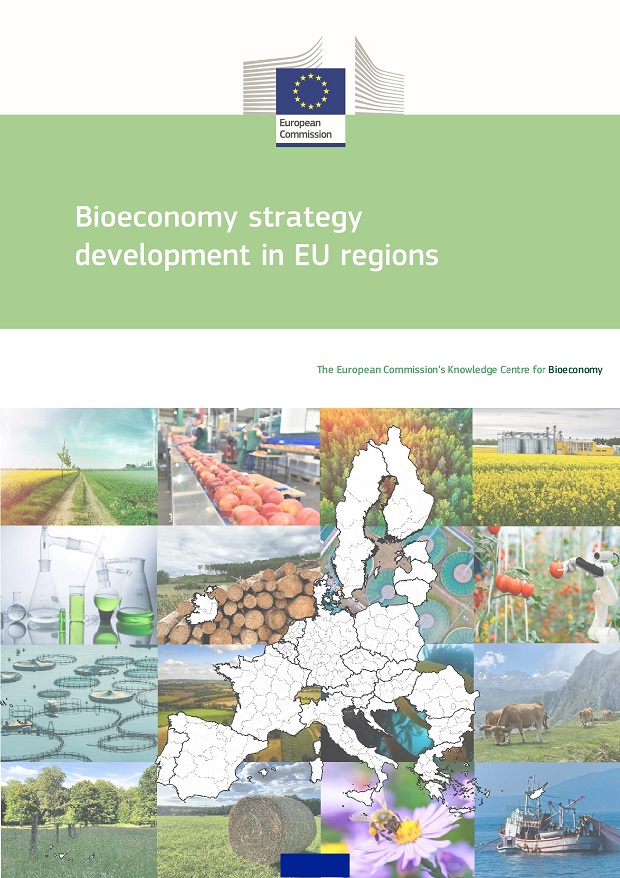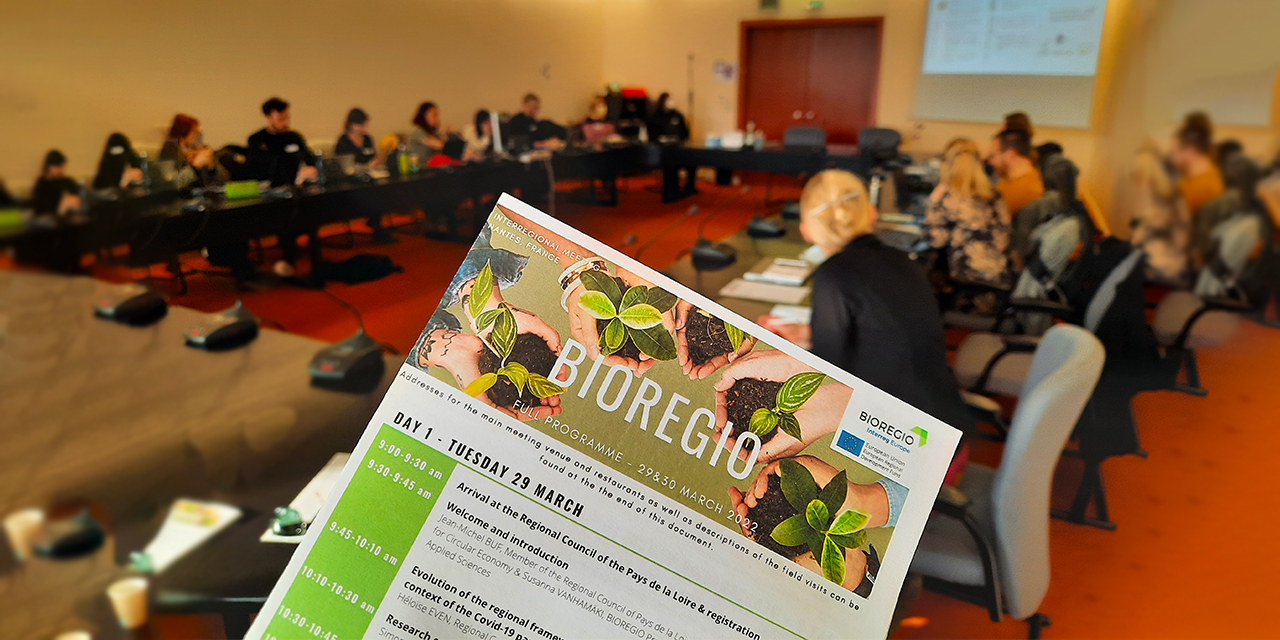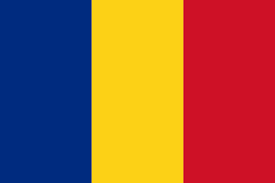Circular bioeconomy: sustainable growth while saving the environment
Global circular bioeconomy, or bio-based circular economy, may solve the climate, nature, and pollution crises while providing fair and sustainable growth (Cord 2021). At the same time, society consumes natural resources over the capacity limits of the earth. Many planetary boundaries, i.e., safe operation space for humanity have been surpassed (Misiga 2021). As the population is expected to grow, the prognosis is that the consumption of natural deposits will even speed up. Therefore, wise and sustainable use is necessary. (Natural Resources Institute Finland 2016.)

Picture 1. Circular bioeconomy paves the pathway towards a more sustainable circular economy. (Pritchards 2018)
BIOREGIO – Regional circular economy models and best available technologies for biological streams, an Interreg Europe project, organized its final dissemination event in May 2021. One of the keynote speakers was Mr Pavel Misiga, Head of the Unit of Circular Economy and Bio-based Systems at the DG Research and Innovation. Mr Misiga provided the perspective of the European Commission on circular bioeconomy.
Pathway to sustainability, recovery and resilience
Circular bioeconomy can offer a more fair and balanced economic development as it often involves rural and coastal areas as opposed to industrial development in urban areas. In general, a product of a biological origin, is more carbon-efficient, requires less energy, by definition is renewable, and creates less pollution in comparison to the fossil-based product. Furthermore, circularity is more likely embedded in bio-based products. (Misiga 2021.)

Picture 2. Circular bio-economy: Vision vs Reality. Source: Pavel Misiga.
Circular bioeconomy may offer solutions that could pave the way to a more sustainable and resilient circular economy. However, according to Misiga (2021), the biological part of the conceptual model of circular economy (Picture 2, left) is rather neglected when talking about circular economy. As seen in Picture 2 on the right, the biomass flow in Europe today is very linear and only a very small part (9%) is circulated back or maintained as societal in-use stocks (9%) in the economy. The biological resources are not used efficiently and the majority is wasted. (Misiga 2021.)
Three deficits have been identified as obstacles to untap the biomass potential. The research deficit (1) is seen in a slow translation of many novel innovations into applied sciences as well as disparities in RDI capacities across Europe. The deployment deficit (2) embraces the slow deployment of matured innovation by enterprises. It may take up to 15-20 years to get bio-based circular economy related innovation from the lab to the market. Often, innovative solutions are regarded as a risk for investors. The environmental deficit (3) is seen in the fact that some projects do not satisfy the environmental impacts objectives or employ biomass unsustainably. (Misiga 2021.)
There is a need to stimulate the development and accelerate the deployment of the bio-based circular economy innovative actions and solutions. For that, the European Commission has offered financial support, e.g., Horizon Europe (€50-100M annually), Circular Bio-based Europe Joint Undertaking (€1B grants), and investment instruments. (Misiga 2021.)
The article was originally published in the LAB Focus blog on 21.6.2021: https://blogit.lab.fi/labfocus/en/circular-bioeconomy-sustainable-growth-while-saving-the-environment/
References
Cord, J. D. 2021. The circular bioeconomy can provide fair, sustainable growth while saving the environment. SITRA. [Cited 06 Jun 2021]. Available at: https://www.sitra.fi/en/news/the-circular-bioeconomy-can-provide-fair-sustainable-growth-while-saving-the-environment/
Misiga, P. 2021. Circular Bio-economy: the pathway to sustainability, recovery and resilience. Presentation given at BIOREGIO high-level dissemination event on 11 May 2021. [Cited 06 Jun 2021]. Available at: https://www.interregeurope.eu/bioregio/library/#folder=2964
Natural Resources Institute Finland. 2016. Circular bioeconomy. LUKE. [Cited 06 Jun 2021]. Available at: https://www.luke.fi/en/research/circular-bioeconomy/
Picture 1. Pritchards, S. 2018. lintuperspektiivi-tie-maisema-luonto-1085695. Pexels. [Cited 06 Jun 2021]. Available at: https://www.pexels.com/fi-fi/kuva/lintuperspektiivi-tie-maisema-luonto-1085695/
